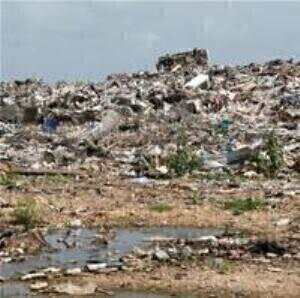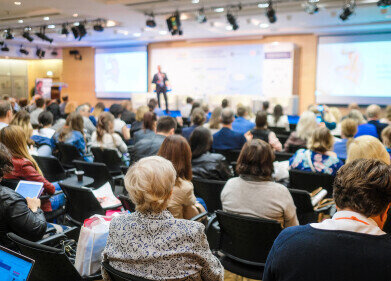Fuel for Thought
What is a Life Cycle Approach to Plastic Pollution?
Dec 05 2022
In 2022, the United Nations achieved an historic agreement on the global regulation of the plastics industry and held the first session of the Intergovernmental Negotiating Committee that this resolution established. To all of those involved in the project, one of the most important ideas for the future of the plastics industry is taking what’s called a ‘life-cycle approach’ to plastic pollution.
Given that this might just be the guiding principle of one of the most important environmental programmes in world history, it’s probably worth having a crack at understanding it. So, what exactly does it mean to take a life-cycle approach to this problem?
According to the United Nations, the production, consumption and junking of plastics is a crucial motor of what they regard as the ‘triple planetary crisis’ of climate change, biodiversity loss and environmental pollution. A report by the UN pegs the weight of plastic products produced every year at some 400 million tonnes and estimates that around 7 billion tonnes of the plastic manufactured during the time of the material’s global ascendancy (roughly, 1950 to 2017) has been junked. Indeed, there’s plenty of miserable trivia to be found in studies of the subject. For instance, approximately one waste-removal truck’s worth of plastic is dumped into the world’s oceans every minute or so, and the greenhouse gas emissions for which plastics are responsible are expected to reach 6.5 gigatons by 2050, which amounts to about 15% of the total emissions allowable if we are to remain beneath 1.5°C above pre-industrial levels. How, then, does a life-cycle approach propose that we meet such excessive challenges?
Taking a life-cycle approach with any product means considering its impacts upon the environment at every point in its existence – from the extraction of the raw materials of which it is constructed, to the particularities of its production, to the way in which it is consumed and finally, how it is disposed. The point is to get extractors, producers, consumers and regulators to ask questions about our economic activities, from more immediate questions regarding production and extraction techniques to larger, more existential questions dealing with whether or not certain products ought to exist at all.
There’s research which suggests that applying such an approach to plastics, in which plastics are broadly recycled, could reduce the volume entering the ocean by around 80%, saving governments around the world about USD70bn by 2040 and reducing total global emissions by 25%. In addition, all of the new steps and specialisations required to keep this new infrastructure running could create 700,000 new jobs all over the world. But what would this new system look like, exactly?
Firstly, before even the lights in the refinery are switched on, plastics should not only be designed to be reusable themselves but be designed to reuse existing plastic waste. In the production process, there should be no use of any hazardous chemicals, like BPA and PFAS, that could be passed on to the consumer or the environment, and this restriction should be rigorously enforced by supervisors. Then, with the question of regulation comes the role of governments and other regulatory institutions. It is crucial that national and international bodies across the world should take an active role by incentivizing reuse at both the consumption and production levels, banning plastic products that are surplus to requirements (i.e. single-use plastics), modernising regional recycling infrastructure, and committing to international partnerships that coordinate action on plastic pollution. A number of states are already taking the lead when it comes to creating a circular economy in plastics, like, most recently, Wales and the Republic Ireland.
The Director of the Economy Division within the United Nations Environment Programme, Sheila Aggarwal-Khan, puts it best: “The linear plastic economy is at the basis of the plastic pollution crisis.” Taking a life-cycle approach to plastic pollution, then, ought to reorient the priorities of all participants in our globalised economic system, from extractors and producers to regulators and consumers. Actually-existing circular economies will, of course, look different in each location, but the key to a consistent international programme will be a shared commitment to the life-cycle perspective, a comprehensive sense of plastics’ environmental impact.
Digital Edition
PIN 25.1 Feb/March
March 2024
In This Edition Safety - The technology behind the ION Science Tiger XT - Safety with ammonia and LOHCs as hydrogen carriers Analytical Instrumentation - Discussion on new tribology te...
View all digital editions
Events
Apr 22 2024 Hannover, Germany
Apr 22 2024 Marrakech, Morroco
Apr 22 2024 Muscat, Oman
Apr 22 2024 Rotterdam, Netherlands
Apr 23 2024 Singapore



















